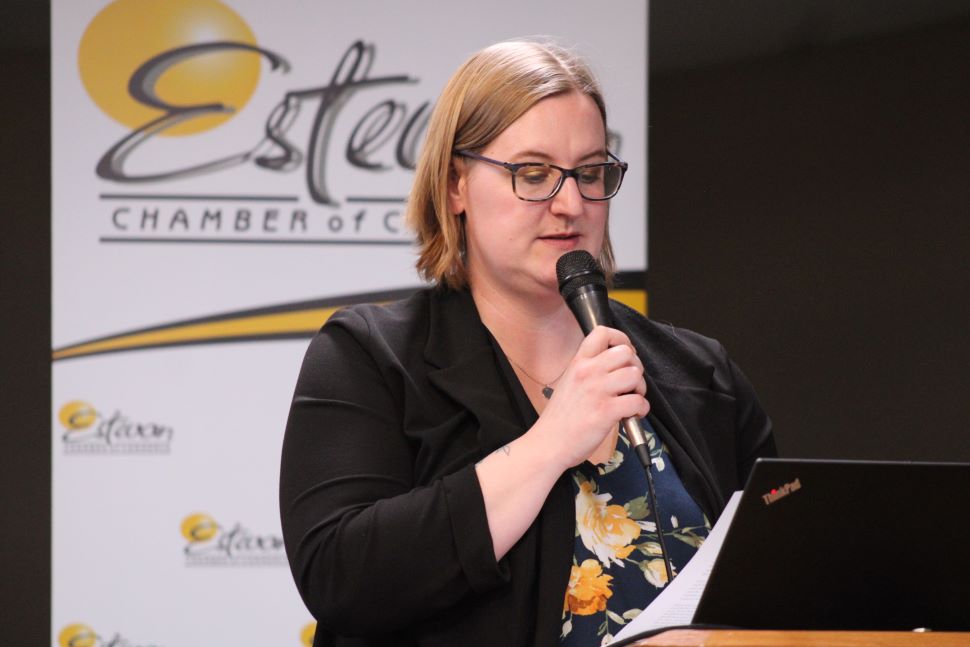The provincial government recently announced a new Memorandum of Understanding between itself and the government of Ontario, in order to encourage the dismantling of interprovincial trade barriers. The topic has been coming up often since the federal election and the tariff situation with the US began earlier this year.
The memorandum discusses taking steps to dismantle trade barriers between Saskatchewan and Ontario, which Estevan Chamber of Commerce Executive Director Merissa Scarlett appreciates.
"I think it's a good sign. I think it's great to hear that the provinces are working together to eliminate these barriers and taking that action themselves. I think that's being very proactive in just some of the calls to action that the Canadian Chamber of Commerce has been making since the fall and other chambers of commerce have been making."
Much of the conversation about trade barriers has involved neighbours, with Saskatchewan looking to free up trade and labour between the prairie provinces.
Scarlett says while the connection to Ontario isn't the same, it's still quite strong for Saskatchewan.
"The research in 2021, the trade between our provinces, between Saskatchewan and Ontario, was worth about $15 billion. So yeah, there is a link in that sense. Then in the MOU, they talked about the direct-to-consumer alcohol, so just kind of making access across the provincial border, so just getting that increased as well."
For the Estevan area, our agricultural output can be critical for cross-country industry in the brewing sector, according to Scarlett.
"For us in Estevan, some of the changes the province has been making would maybe impact the farming a little bit with the alcohol, so maybe getting craft breweries up, and they're sourcing more local ingredients. That may help with that."
Scarlett says the biggest impact would be changing labour requirements so that mobility increases and the workforce is larger.
"If somebody has a special license or qualifications that are the same, what do they have to do to kind of get working here? So I think that's the biggest aspect is just access to a larger labour pool."
Scarlett hopes to see continuing talk on dismantling interprovincial barriers, whether it be for labour, food, regulations, or more.
